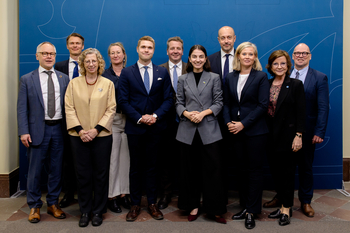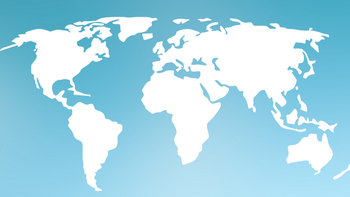Nordic consumption must change if SDGs are to be achieved
“Year after year, the Nordic countries are put top of international SDG rankings. But even if we’re at the top, we aren’t good enough, especially in terms of the green SDGs. Our way of life, especially our consumption patterns, has a major negative impact on the environment and climate not only in our region, but also elsewhere across the glove through various ‘spillover’ effects,” says Jonas Wendel, Chief of Staff for the Secretariat to the Nordic Council of Ministers, in his opening remarks before the debate.
The Nordic prime ministers’ adoption of vision for the Nordic Region to be the most integrated and sustainable region by 2030 was rooted in the acute climate crisis. Although Agenda 2030 and the Paris Agreement show the way, the Nordic Region must be more ambitious and make faster progress.
How is the Nordic Region actually doing?
The Nordic Region has gone furthest in achieving many of the SDGs within Agenda 2030. Finland, Denmark, Sweden and Norway are all in the top five of the latest annual international comparison (Stiftung’s and Sustainable Development Solutions Network’s Sustainability Report, July 2022). But the Nordic Region lags behind in the four green SDGs - 12, 13, 14 and 15. Here, consumption and production in the Nordic Region play a major role.
“In the Nordic countries, we consume way, way, way too much. If everyone used resources as Denmark does, we would need four new earths every year,” says Katherine Richardson, professor at the University of Copenhagen.
Nordic overconsumption makes global sustainability difficult
In comparison with other regions in the world, the Nordic countries emit large quantities of greenhouse gases and other pollutants through the way they produce and consume goods.
“Nordic industry is truly globally integrated. This means that if we only focus on what we’re doing in the Nordic Region, we aren’t seeing the whole picture. We need to take the global supply chain into account. Consequently, asking how sustainable the Nordic Region is feels somewhat irrelevant to me, because the issue isn’t how sustainable we are as a region, but how we’re contributing to a sustainable planet,” says Per Mickwitz, pro vice-chancellor at Lund University.
Most of the Nordic production chain extends beyond the region. For the Nordic Region to become sustainable, a global perspective on consumption is needed.
“The majority of Sweden’s consumption-based emissions occur outside of Sweden. Imports of food, building materials and fossil fuels generate the largest emissions in other parts of the world,” says Katarina Axelsson, research assistant at the Stockholm Environment Institute.
Responsible consumption should be easy
The goal that the Nordic Region struggles with the most is the green transition. The Nordic Council of Ministers is implementing active measures to solve this, not least after the adoption of the vision for the Nordic Region to be the most sustainable and integrated region in the world by 2030.
Private overconsumption on a massive scale is a challenge that all the Nordic countries face. In order to achieve its vision and the global goals, the Nordic Council of Ministers is helping to make it easier and more attractive to consume and produce sustainably.
The programme Sustainable Lifestyles in the Nordic Region, which started in 2021, consists of six projects with an emphasis on everything from eco-labelling to gender equality in connection with the Nordic lifestyle. The aim is to make it easier to live sustainably in the Nordic Region, to make sustainable lifestyle choices, and to speed up the normalisation of a sustainable lifestyle.




